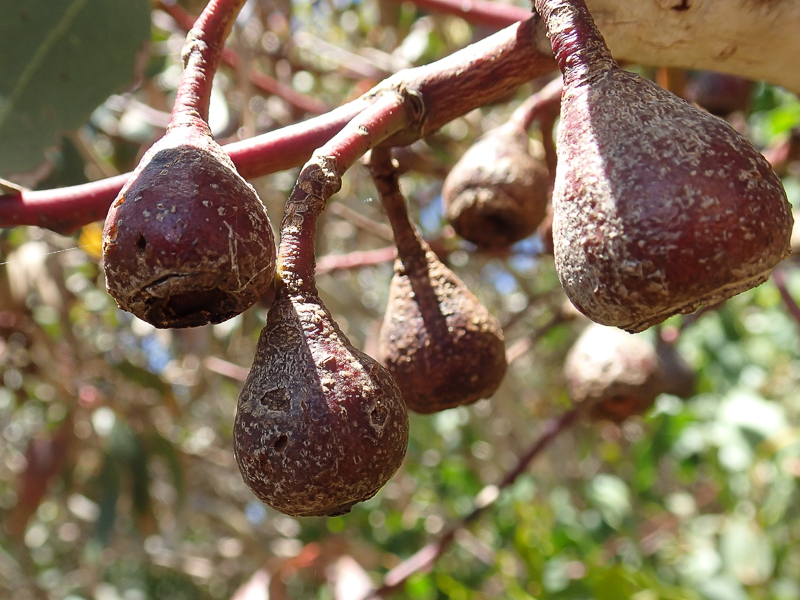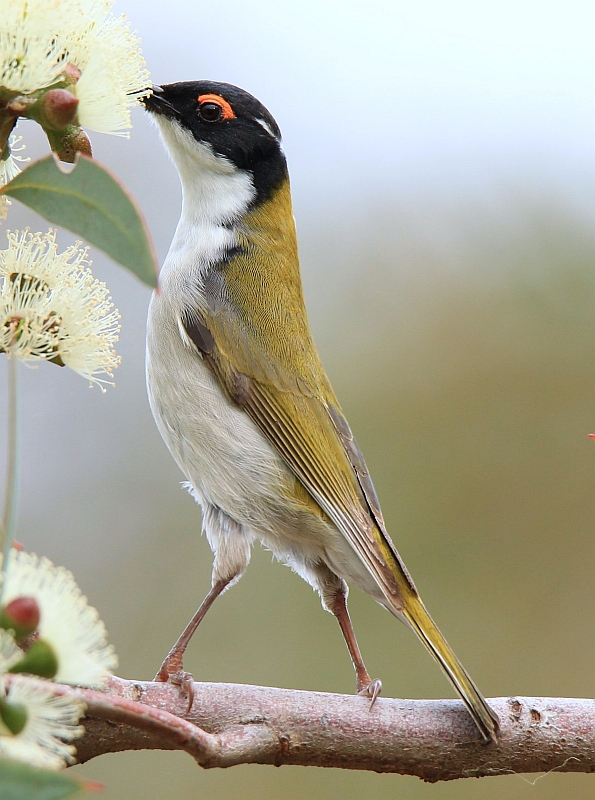SA Blue Gum in full bloom
Have you noticed the large fruited SA Blue Gum flowering recently? More commonly known as Dingley Dell Gum, and growing predominantly along the coast, this magnificent gum tree has the largest fruit of all the varieties of native SA Blue Gums in SA. With a name like Eucalyptus leucoxylon subsp. megalocarpa – which in latin ‘megalocarpa’ means ‘large fruit’ – the Dingley Dell Gum is out to impress.
In our region, SA Blue Gums come in four varieties (or sub-species) with the other sub species called E. leucoxylon subsp. pruinosa, E. leucoxylon subsp. leucoxylon, and E. leucoxylon subsp. stephanie. All of the four sub-species have different sized fruit, generally grow in different parts of the region (and soil types), and have a different tree form. Where these trees grow as a woodland, SA Blue Gum woodlands are home to a wide variety of birds, reptiles, small mammals, insects and frogs, some of which are not found in other habitat types.
Recently, Nature Glenelg Trust produced a regional action plan for SA Blue Gum Woodlands as a component of the Restoring Under-represented Ecological Communities (RUEC) project being run for Natural Resources South East. The aim of this regional action plan is to encourage stewardship of SA Blue Gum woodland on private and public land, to identify with the flora and fauna associated with this woodland type, and to improve the quality of sites in priority areas throughout the SENRM region.
The significance of flowering SA Blue Gums (and other gums this time of year) is highlighted when it corresponds to the migration of common birds (like honeyeaters) moving through the region. The Yellow-faced and White-naped Honeyeaters (and Red Wattlebirds) in some years congregate in large numbers and move from east to west utilising the abundant flowers for nectar and insects provided by these native trees.
SA Blue Gums would make a welcome addition to any revegetation project especially windbreaks and corridor plantings.
We would be keen to hear from you if SA Blue Gums are flowering in your area and to help determine which sub-species they are.
Or if you would like to know more about SA Blue Gum woodlands contact Jonathan Tuck or myself at Nature Glenelg Trust on (08) 8797 8596.
This project is supported by Natural Resources South East and the Australian Government.




